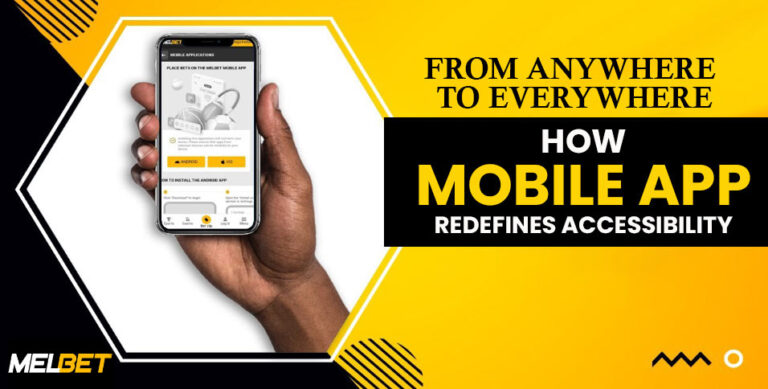App accessibility has become an important topic, with an increase in awareness and legal scrutiny surrounding mobile app melbet owners’ concerns over meeting WCAG and ADA regulations.
Prioritizing accessibility allows your digital product to reach a broader range of users while creating an inclusive user experience and portraying your company as socially responsible.
Google Assistant
Google Assistant is a voice-activated service that makes life easier by helping you control smart home devices, send texts and emails, make video calls, follow recipes, support a variety of mobile apps and web services, and much more. Available both on Android smartphones/tablets as well as Google Home voice-activated speaker.
Use volume keys on your device or say “Hey Google” to activate it, or open the app and say, “Hey Google”. New features include the new “Pretty Please” feature that responds more pleasantly when answering requests; other updates include stair-free walking routes in Google Maps; wheelchair accessible information on business and place pages; customized Assistant Routines and personalized features like typo detection in Chrome as well as camera based screen readers for Pixel devices.
Text-to-speech technology
Human-like text-to-speech technology is revolutionizing accessibility, enabling users to navigate websites and digital content without visual limitations. These technologies use natural-sounding speech to mimic human voice for reading articles, navigating interfaces, sending emails and more.
TTS technology is now ubiquitous on smart phones and tablets, as well as personal assistants like Amazon Alexa and Apple Siri, online educational platforms, and many online learning management systems (LMSs). When integrated into LMS platforms, TTS can transform how students consume course material by turning reading into an engaging audio experience, relieving strain from staring at screens for too long resulting in eyestrain or headaches and helping students avoid blue light at night which disrupts sleep patterns or causes headaches or depression.
Voice technology
As voice recognition becomes more widespread, mobile apps must prioritize accessibility features to make life easier for those living with disabilities. These include screen reader compatibility to audibly read content as well as voice-enabled controls which enable hands-free navigation and interaction.
Voice technology not only facilitates access to content, but can also enrich user experiences by personalizing interactions. For instance, smart home devices can recognize speech patterns of individual users and tailor interactions accordingly – increasing user satisfaction while strengthening brand loyalty.
At the same time, it should be remembered that voice technology raises privacy issues due to recording and storing audio. Therefore, users should familiarize themselves with their device’s privacy policies before providing consent; doing so can help mitigate biases present in Natural Language Processing (NLP) models and reduce biases inherent to them.
Adaptive design
Adaptive design is an effective approach to developing apps tailored specifically for people with disabilities. This technique employs features that prioritize inclusive design principles to create an empowering and seamless user experience – such as screen reader compatibility, voice commands, customizable colors or providing screen reader updates – resulting in more aesthetically pleasing and cost-efficient designs that ultimately promote an inclusive experience for all.
These features can be implemented easily into an app. For example, using legible fonts and contrasting colors improves readability for people with vision disabilities while adding video captions helps those with hearing impairments.
Prioritizing accessibility can expand the reach of your digital product to a broad audience, show commitment to ethical and inclusive business practices, comply with legal regulations and standards, and meet legal standards and regulations – making it worthwhile when designing mobile apps.
Synchronized captions
Captioned videos allow millions of deaf and hearing-impaired people worldwide to watch video content as quickly as anyone without hearing disabilities.
Closed captions provide text versions of spoken audio and descriptions of significant sounds, making them easier to follow while watching a media file. They can be turned on or off via the CC button in media players.
Precise caption-audio synchronization ensures that text appears at precisely the same time as its associated audio, enabling users to easily follow dialogue and other audio cues more easily. A legible font size and consistency in style, tone, and language help enhance comprehension and readability; text should also be clear and easy to comprehend across screen sizes of varying resolutions.
Also Read: Hady Shaikh’s Commentary on Improving the Monetization of Mobile App with User Experience














